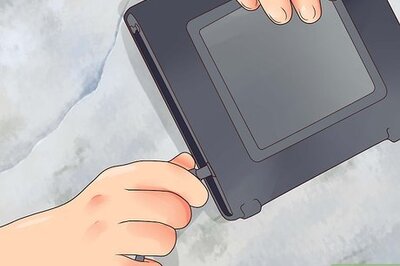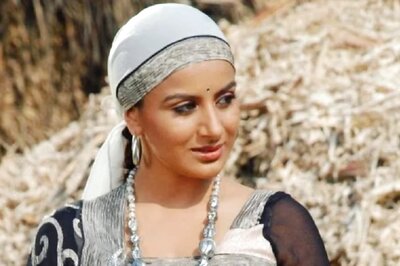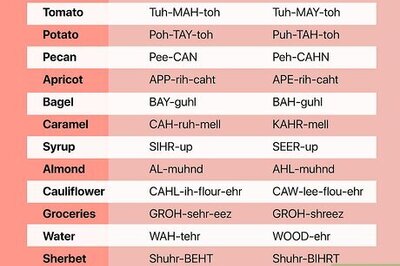
views
New Delhi: On bicycles, on bullock carts and on their feet, there is a general bustle among people in the narrow lanes of Butradi to reach home before it gets dark. In one corner of this village on the Shamli-Meerut Road in Uttar Pradesh, a section of locals eagerly await the arrival of BJP candidate for Kairana Parliamentary seat which polled in the first phase.
Butradi has a mixed population — Jats, Chamars and some backward castes. Nearly one fifth of the residents are from the Dheemars and Kashyaps — two sub-castes of fishermen in the Indo-Gangetic plains. The others are Nishaad, Bind, Sahani, Mallah, et al.
Though small in number, together these minor OBCs form more than 10 per cent of the electorate in every UP seat. In some constituencies their numbers are more than 20 per cent, even touching 30 per cent in a few others.
In the 1980s, both Mulayam Singh Yadav and Kanshi Ram sought to mobilise these social groups around the dominant caste they built their respective parties around — Yadavs in OBCs and Jatavs or Chamars among Dalits.
Mulayam Yadav sent Phoolan Devi, who had emerged as an icon for the Nishad community, to the Lok Sabha. Kiranpal Kashyap, SP MLA from Thanabhawan in Shamli, was made a minister in the UP government when Mulayam Singh formed government for the third time in 2003.
Kanshi Ram developed the Maurya, Kushwaha leadership in the party. Apart from Jatavs, he gave space and strength to other Dalit sub-castes such as the Pasis, which are found in large numbers in the Avadh region of Uttar Pradesh.
2019 Lok Sabha elections in UP are increasingly becoming a bipolar fight. Demography of a particular constituency and not the individual candidate may well decide the outcome of the polls. The ability of a party to get its voters to turn up at the booth on the polling day this summer is another factor which may affect poll outcome in the closely contested seats.
The gathbandhan has sought to mobilise Jatavs, Muslims and Yadavs. The BJP is seeking to consolidate upper caste and a section of OBCs and non-Jatav Dalits.
In this realignment, the smaller caste groups and their voting preferences may make or mar polls. In Gorakhpur and Phulpur bypolls, Samajwadi Party experimented by fielded Nishhad and Maurya candidates. It won seats vacated by chief minister Yogi Adityanath and deputy chief minister Keshav Maurya.
The sharp political exchange between BSP chief Mayawati and Prime Minister Narendra Modi is manifestation of a slugfest to win over floating backward votes when base votes of both formations have reached a saturation level.
Mayawati has called the Prime Minister a fake OBC and Mulayam Singh a real one. Modi claims to be from the most backward community.
However, in joining issues with the BSP on backward caste politics, BJP must tread a bit cautiously. The political debate, if it takes the caste colour, will only help the gathbandhan.
If Uttar Pradesh votes on caste lines, then Brahmin votes as a Brahmin, OBCs as OBCs and Dalits as Dalits! The caste of the candidate becomes important and it overpowers everything else — nationalism, Pakistan and Balakot.
Caste is a political pitch which suits Mayawati and Akhilesh, and Gathbandhan will be more than happy to play on the front foot at any such opportunity.
















Comments
0 comment